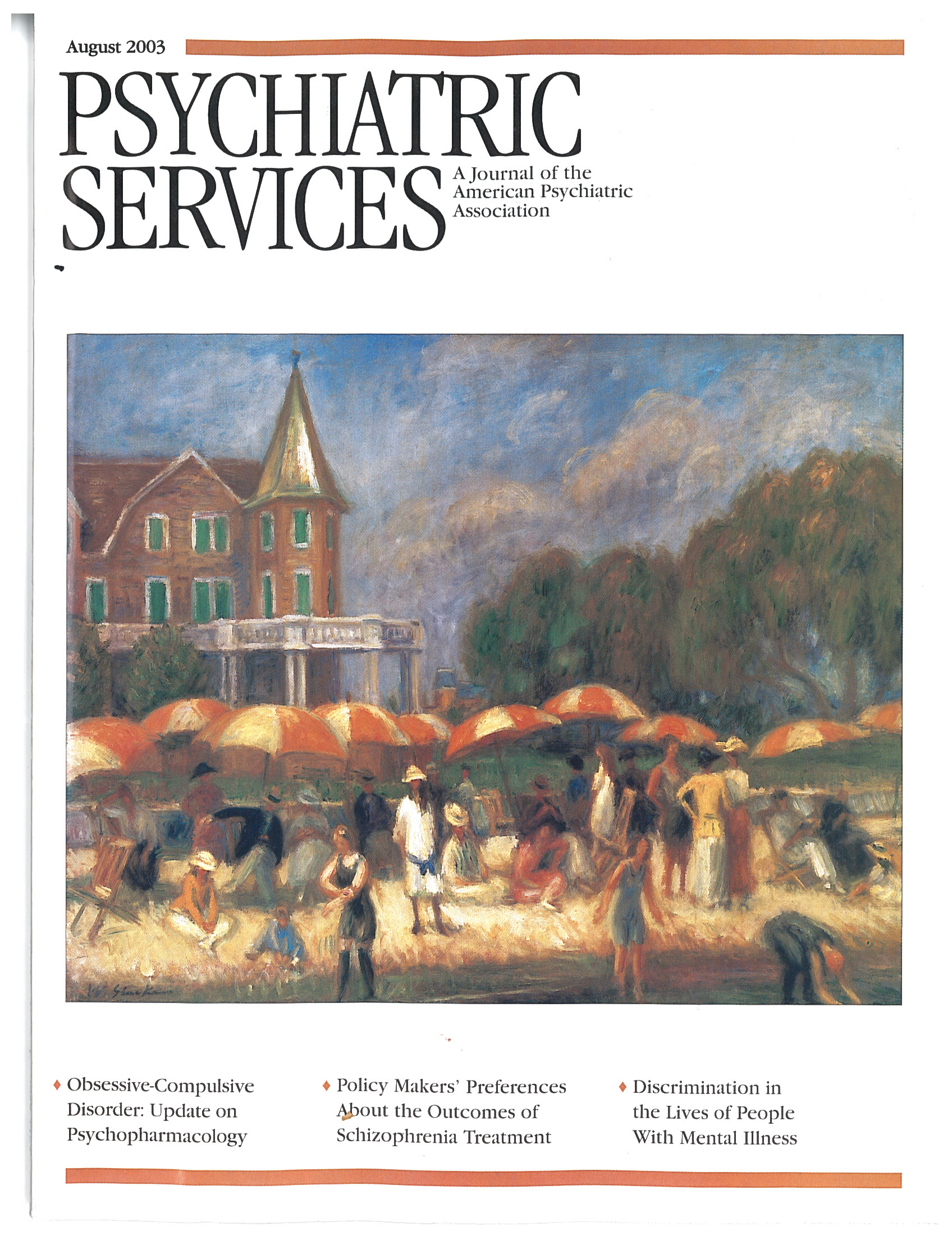Psychiatry in La-La Land
In Reply: I doubt that Hollywood is hell-bent on persecuting the psychiatrist more than other professionals. Just about every trade imaginable has been dismantled on the silver screen—for example, lawyers in All of Me, corporate leaders in Wall Street, even veterinarians in Beethoven and Beethoven's 2nd. Other medical specialties have been savaged in films such as Not as a Stranger, Arrowsmith, and Kings Row, the film in which a double amputation perpetrated by an unscrupulous surgeon provoked Ronald Reagan's famous wail, "What happened to the rest of me?"
One of the principal reasons psychiatrists—and therapists of whatever stripe—are often meat for La-La Land's grinder is that we're used by screenwriters more often than any other type of doctor to advance a film's narrative. "Cinetherapists" enable flashbacks, set the scene for dramatic confrontation and revelation, illuminate motivation, and so forth.
The difficulties posed by Hollywood's distorted views of psychotherapy for potential or current patients have been delineated at length by Krin and Glen Gabbard in their pioneering study, Psychiatry and the Cinema (1). The Gabbards speculate that positive stereotypes hold as many pitfalls as negative ones—expecting that a therapist will cuddle you when you're down, like the hugmeisters of Ordinary People and The Prince of Tides, or that a therapist will be instantly available to relieve your existential angst anytime and any place, with no other patients visible and with rarely a mention of fees.
"Applied psychoanalysis" has achieved a modest but significant role in film theory (2,3). Exploring a patient's associations to one movie or another can certainly be productive. Innovative techniques are being developed to employ cinema in therapy even as I write. So far, so good. But, pace Dr. Mark's ironic hopefulness, ham-fisted pictures like A Beautiful Mind are indeed now beginning to be used as a convenient means of teaching residents about "diagnostics, patient-clinician relationships, [and] treatment." I submit that it isn't by chance that this dubious and trivializing project arises at the very time when many psychiatric training programs seem more centered around molecules than the suffering psyches connected to them (2).
1. Gabbard GO, Gabbard K: Psychiatry and the Cinema, 2nd ed. Washington, DC, American Psychiatric Press, 1999Google Scholar
2. Greenberg HR: Screen Memories: Hollywood Cinema on the Psychoanalytic Couch. New York, Columbia University Press, 1993Google Scholar
3. Greenberg HR: A field guide to cinetherapy: on celluloid psychoanalysis and its practitioners. American Journal of Psychoanalysis 60:329–339, 2000Crossref, Medline, Google Scholar



